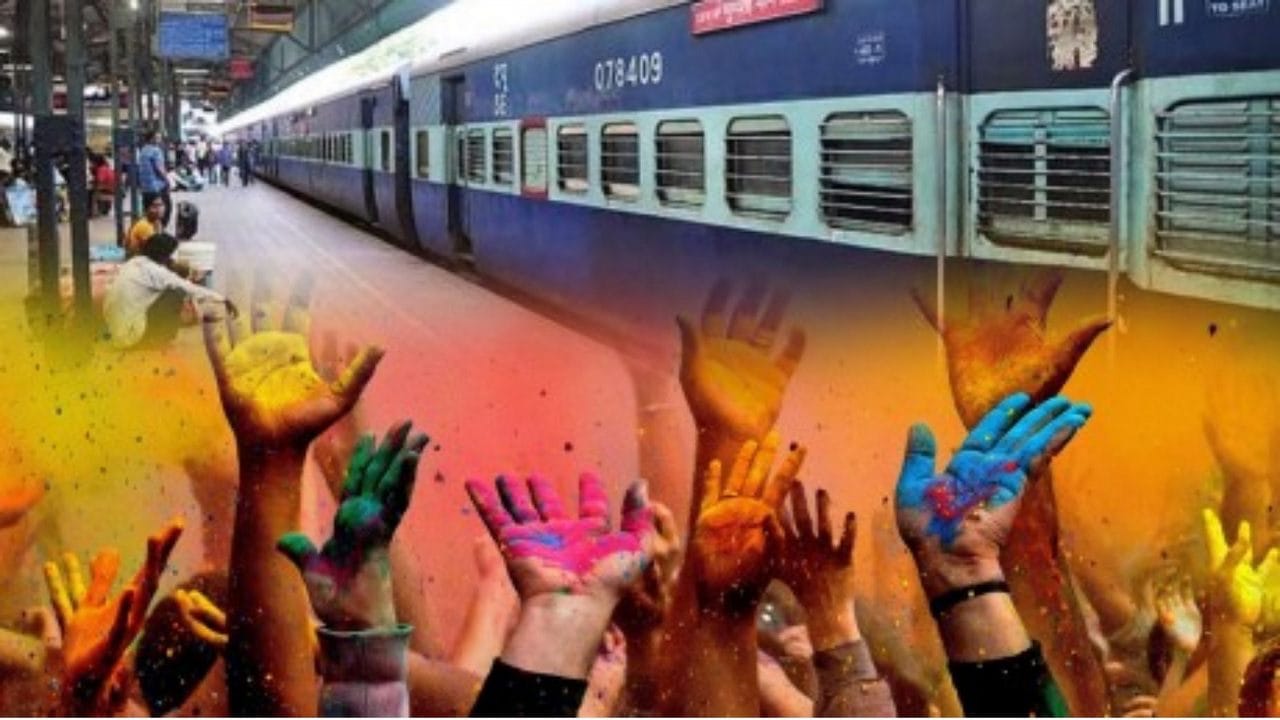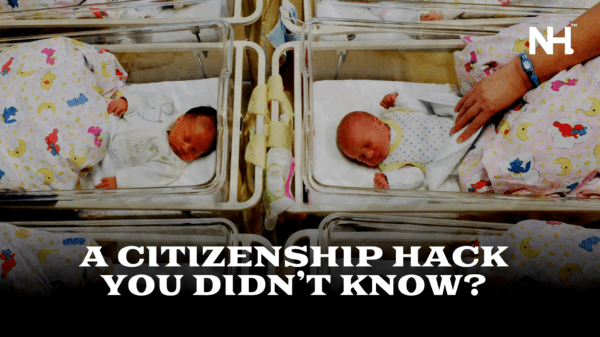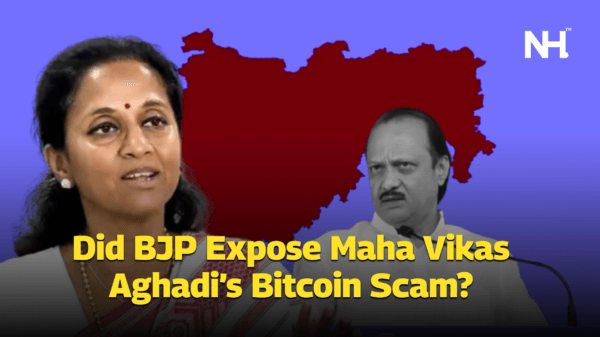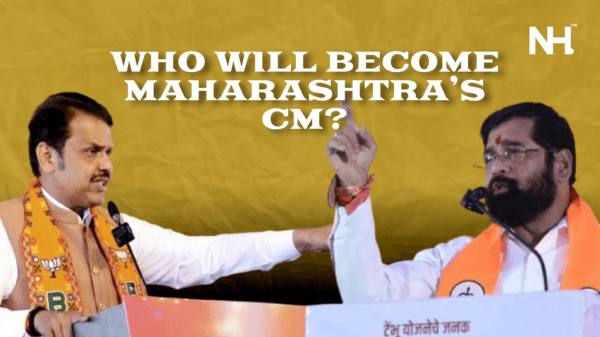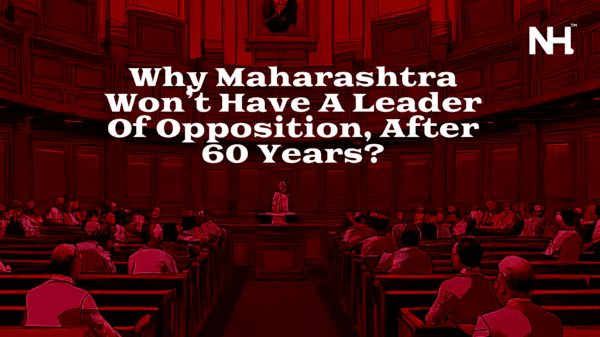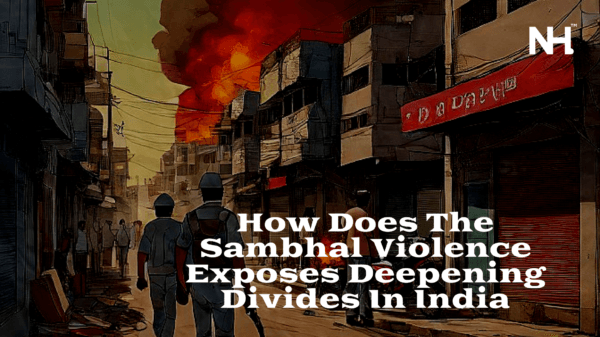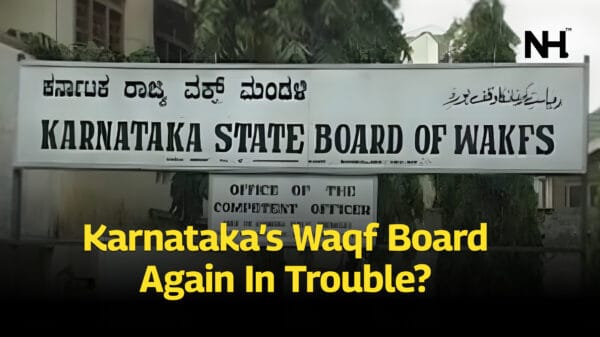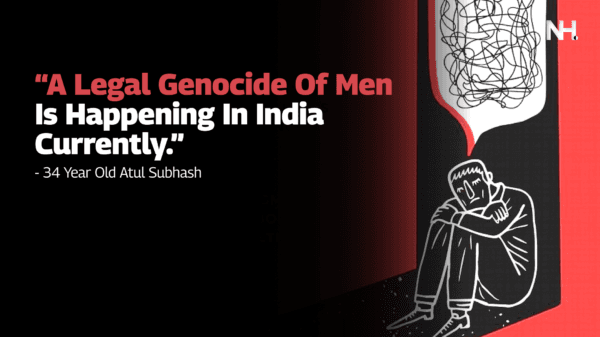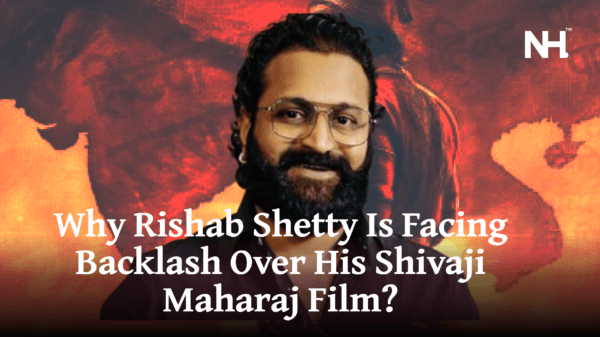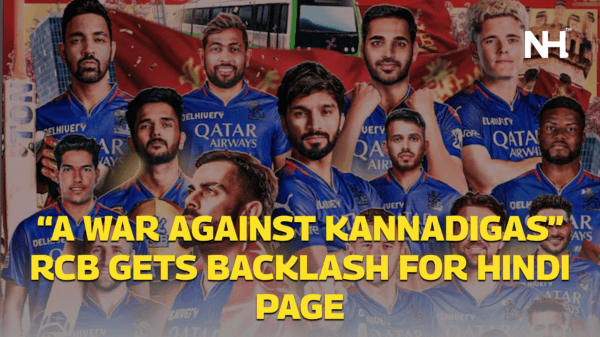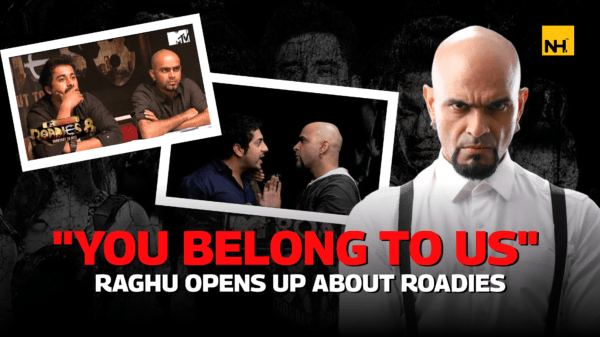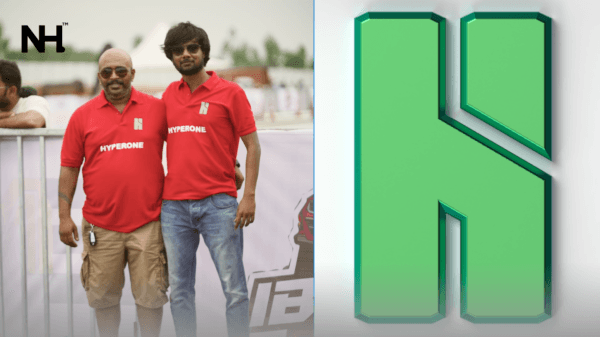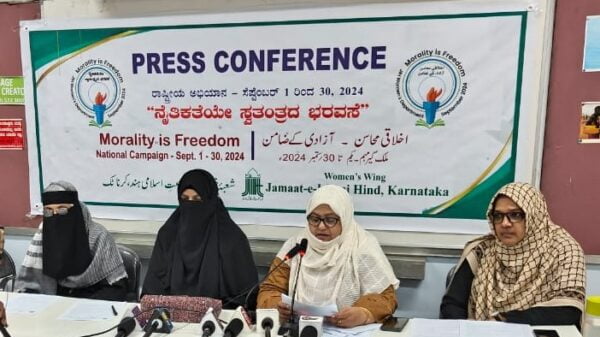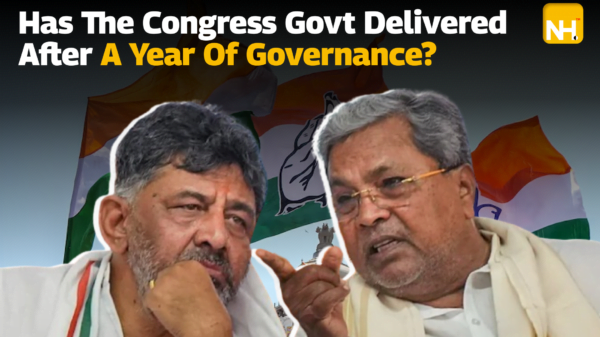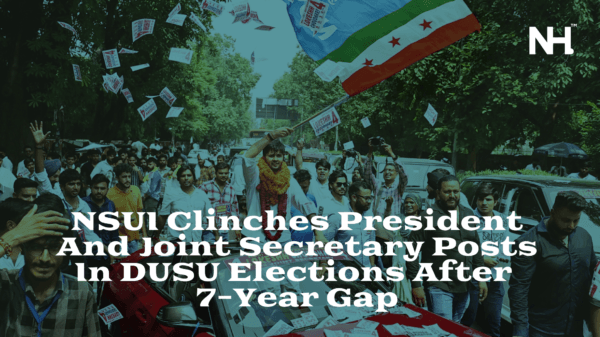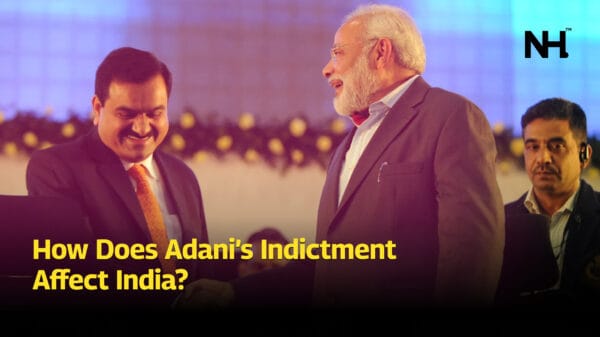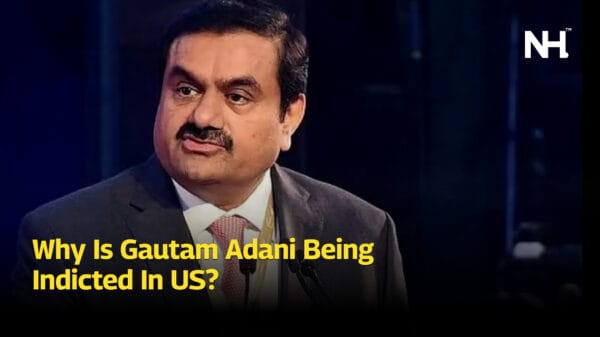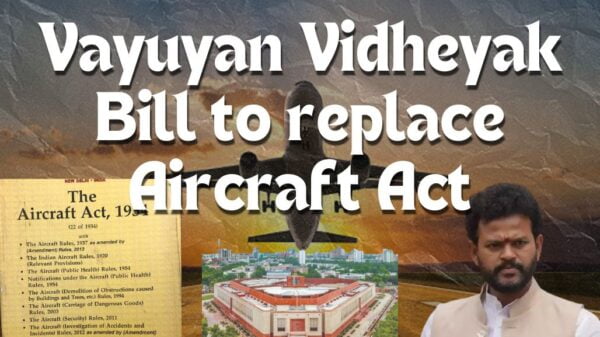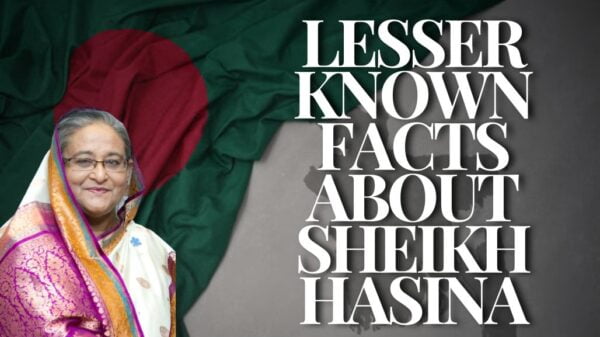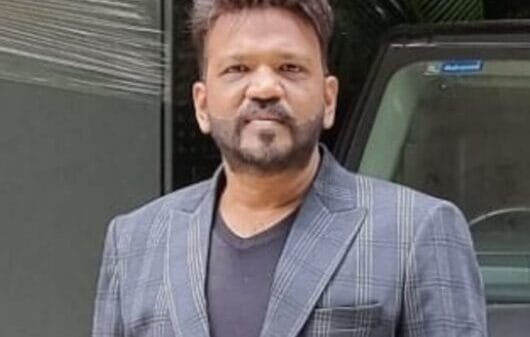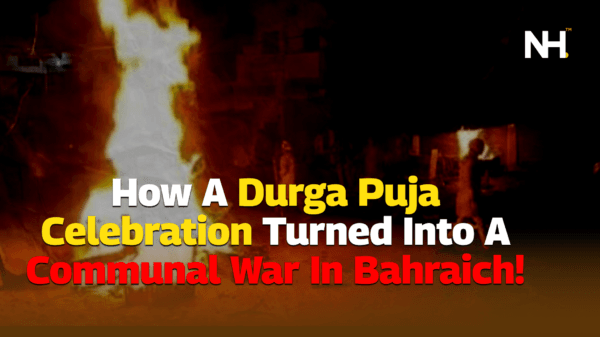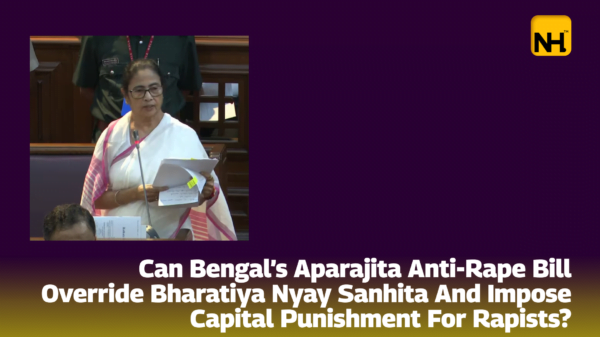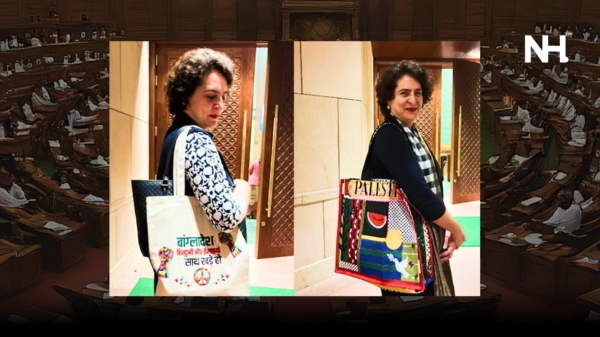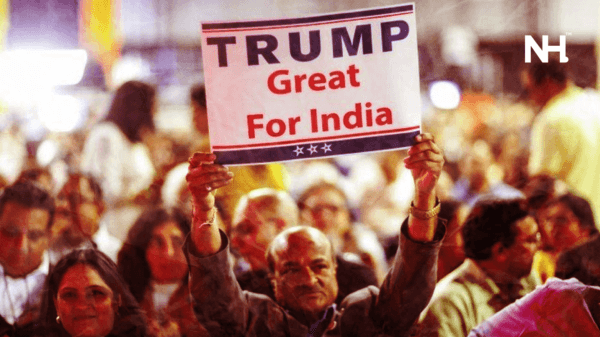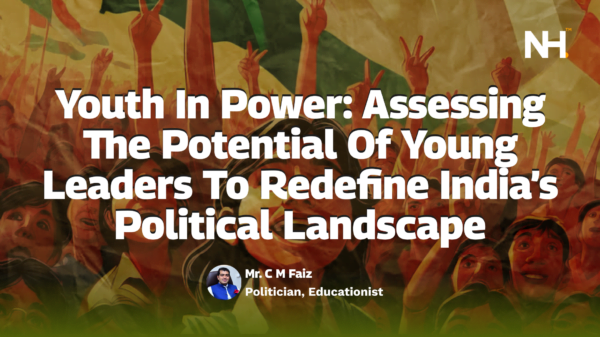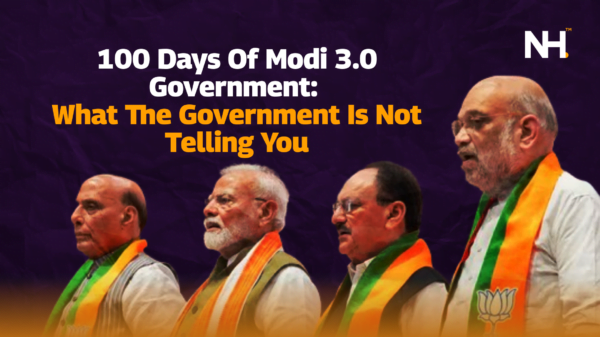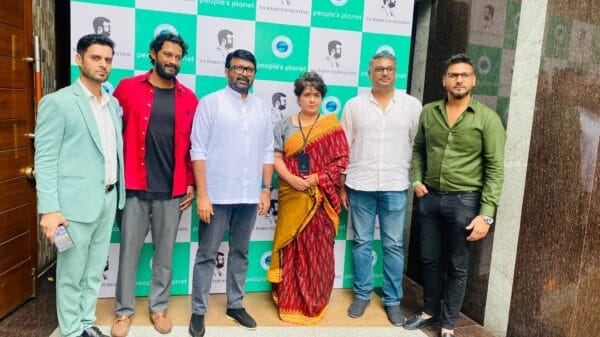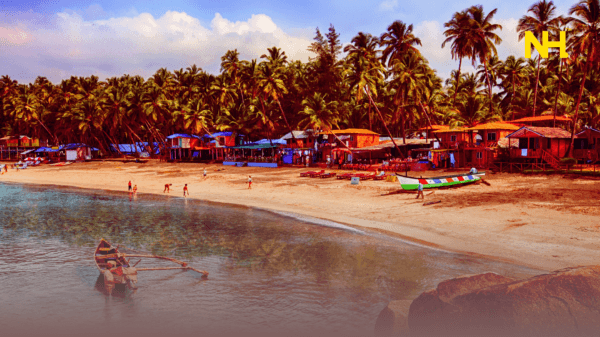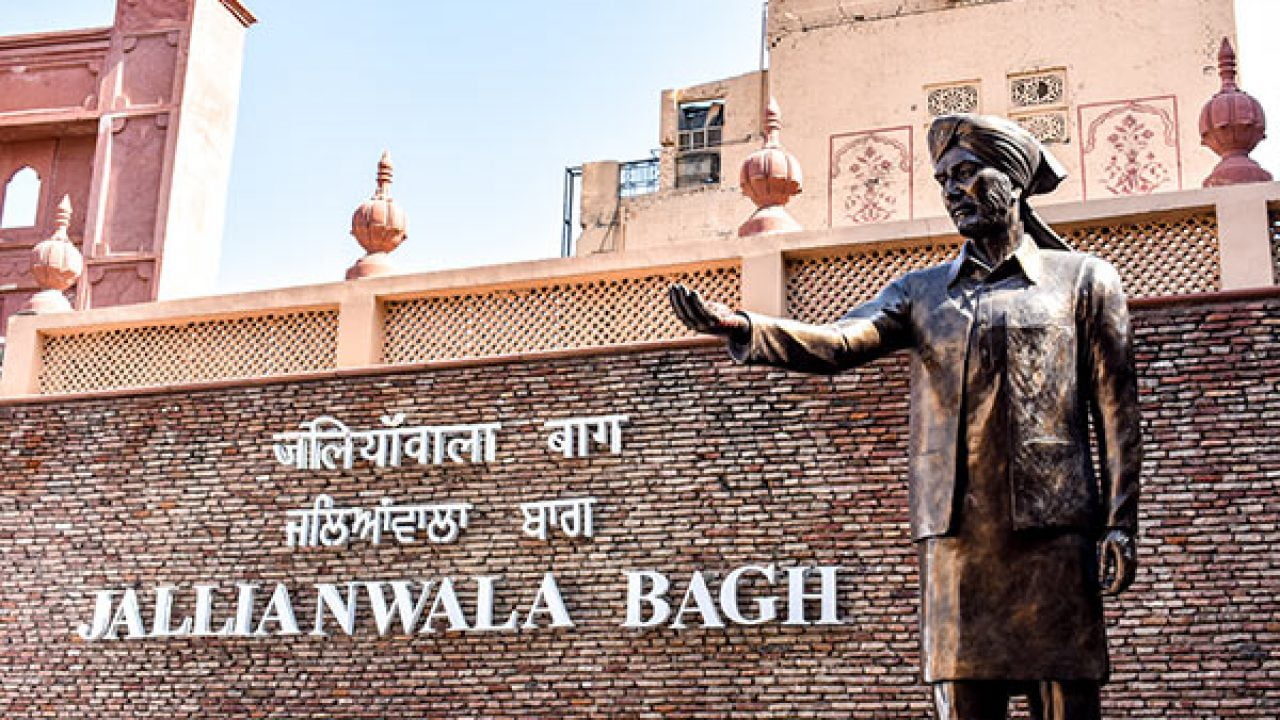The Jallianwala Bagh Massacre was one of the most brutal massacres to occur in the history of our nation. Several hundred people were killed on this day in 1919 as a result of the colonial forces’ indiscriminate firing. Today marks the 103rd year of the massacre which occurred under the supervision of Brigadier-General Dyer.
Here are a few things that we need to know about the massacre,
-
Why were the people gathered in Jallianwala Bagh?
On the 13th of April 1919, it was believed that a major uprising was imminent, so all public gatherings were prohibited. The notice was not wide circulated and many villagers gathered at the Bagh to celebrate the Sikh festival of Baisakhi. They had even gathered to peacefully protest against the arrest and deportation of national leaders, Satyapal and Saifuddin Kitchlew. Additionally, there were reports that they were peacefully protesting against the Rowlatt Act.
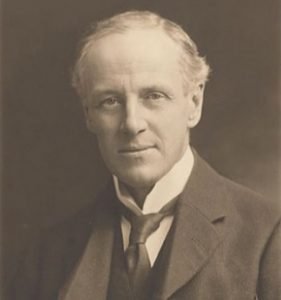
Sidney Rowlatt, who passed the Rowlatt Act
Image Source: Youth Ki Awaaz
-
Who was Brigadier-General Dyer?
Born in 1864, General Dyer was an officer of the Bengal Army and he later became an officer in the British Indian Army. When he was given the temporary position of brigadier-general, he was responsible for the Jallianwala Bagh Massacre. Due to the incident, he was given the nickname “The Butcher of Amritsar”. He died in 1927 after suffering from brain haemorrhage and arteriosclerosis.
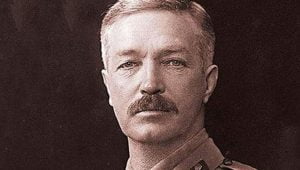
General Dyer
Image Source: Hindustan Times
-
What happened at the Bagh?
By mid-afternoon of 13th April 1919, thousands of Indians had gathered at the Bagh. Upon learning of the gathering, General Dyer had called upon the regiments that proved their loyalty to the British Army. The Bagh being surrounded by 10 feet walls and nearly zero exits, the British Army had also blocked the main entrance. Without warning, General Dyer gave the order to shoot toward the crowd indiscriminately.
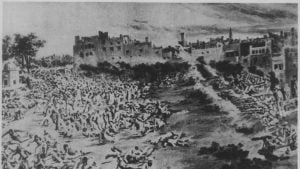
People being massacred at Jallianwala Bagh
Image Source: Hindustan Times
-
How long did the firing continue?
According to various estimates, the firing continued for nearly 10 minutes. Unarmed civilians were killed, including men, women, children, and the elderly. The cease-fire was ordered only when ammunition supplies were almost over.
-
How many Indians were killed?
There are no reports which have an accurate figure of casualties of the Indians. The official figure released by the British claimed to be as low as 350 people who were killed in the massacre. However, Congress claimed that over 1000 people were massacred and that the British were deliberately fudging the actual figures. The Hunter Commission was also constituted to inquire into the number of casualties.
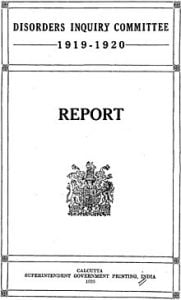
Hunter Commission Report
Image Source: Wikipedia
-
What was the aftermath?
After the massacre came to light, most moderate Indians who had sworn their loyalty to the British became distrustful of the British administration. While a few officers lauded Dyer for his action, several officers in the British Army and several Members of Parliament severely condemned his actions. Furthermore, Rabindranath Tagore renounced his knighthood to protest Dyer’s actions in Punjab. Additionally, the Lieutenant-General of Punjab, Michael O’Dwyer was assassinated by Sardar Uddham Singh. Several reports pointed out that O’Dwyer was the ringleader of the massacre.
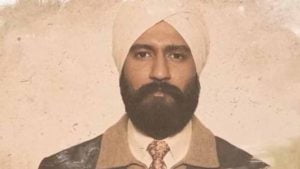
Sardar Udham Singh
Image Source: India Today
-
Did the UK ever apologise to India?
The UK never apologized to India for the massacre. When Margaret Thatcher was the Prime Minister, she had expressed “regret” over the incident. Moreover, she called it a “shameful scar” on British Indian history. However, she did not tender an apology for the incident. In 2019, although 100 years had passed, the Queen had not apologized for the incident.
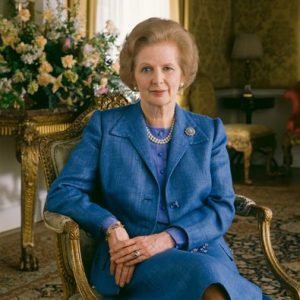
Margaret Thatcher
Image Source: ThoughtCo
The Jallianwala Bagh Massacre will live on as a reminder of how cruel colonialism can be.
References: Hindustan Times and Wikipedia.
Featured image source: Hindustan Times


